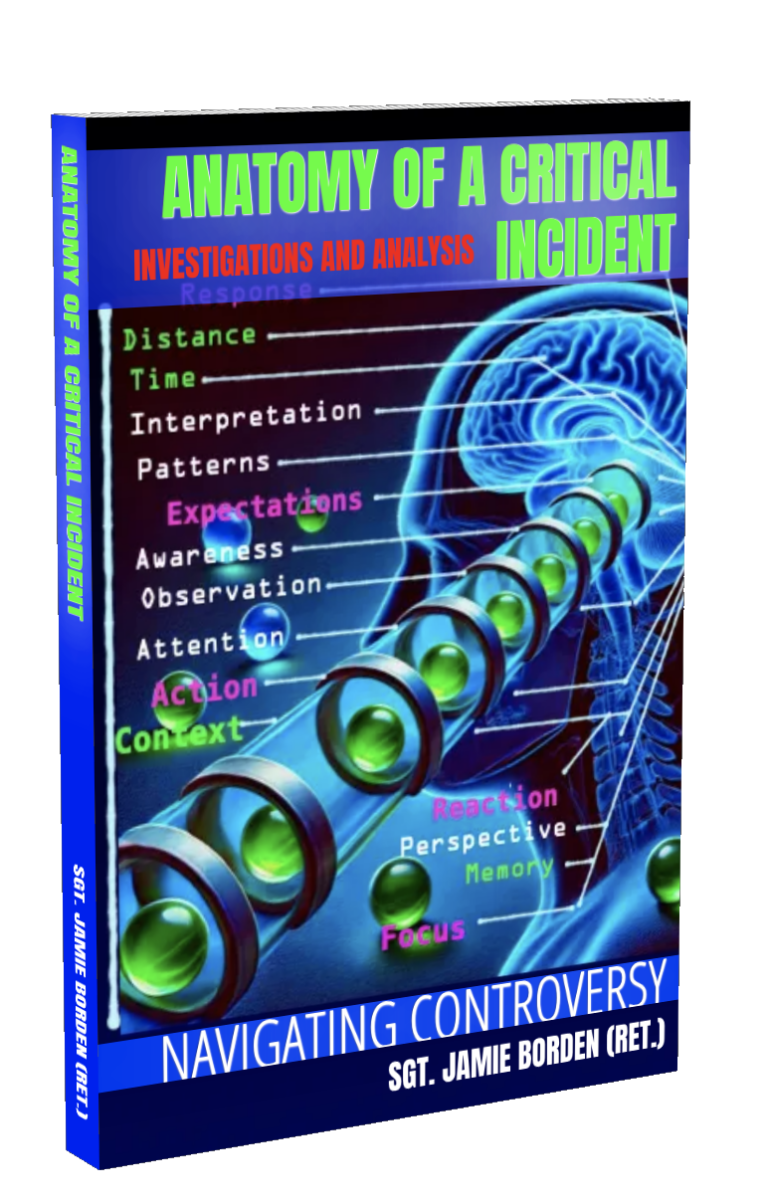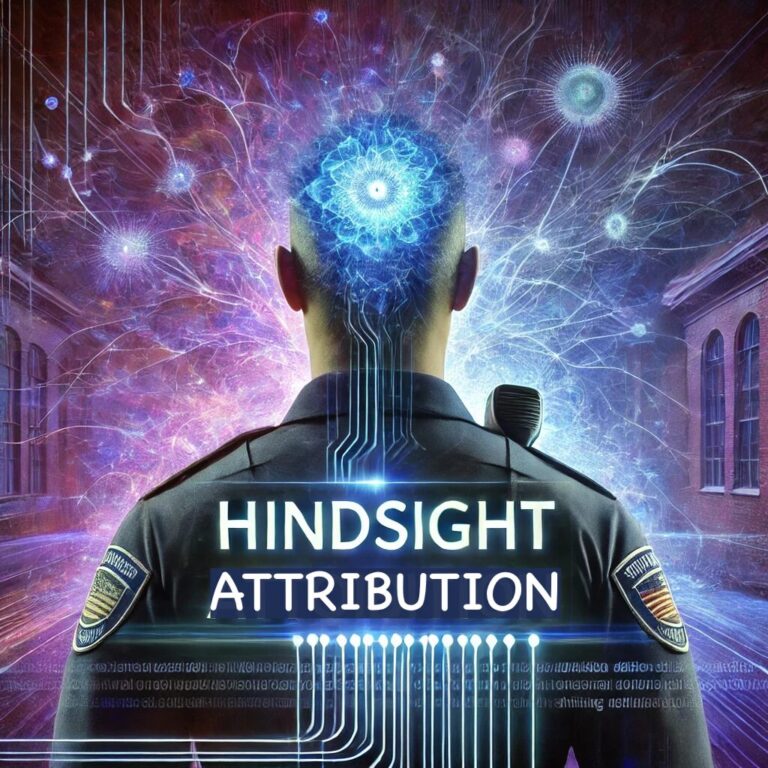
Hindsight Attribution: Video Evidence
Video cameras and Body cams are everywhere now. They’re supposed to give us a clear picture of what happens during police encounters. And sometimes, they do. But what if that

Video cameras and Body cams are everywhere now. They’re supposed to give us a clear picture of what happens during police encounters. And sometimes, they do. But what if that
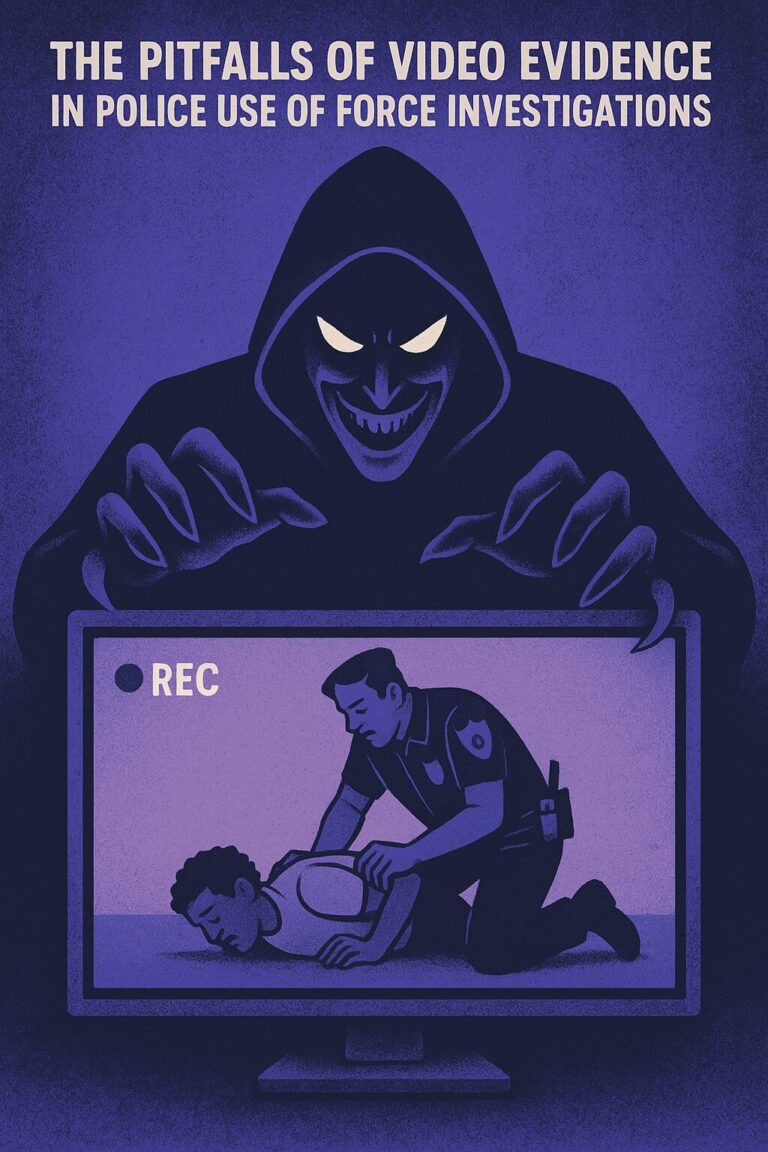
The Pitfalls of Video Evidence in Investigations Video evidence can be a powerful tool in investigations, offering a visual record of events that seems clear and conclusive. However, as Jamie

The draft of the Human Factors Check list is a living document. Please leave thoughts and ideas you have regarding the use of the Check-List for others to gain from

Use of Force; Policy Matters (pre and post-incident) : As a Use of Force instructor for the past several years, as well as an expert in human factors and an

Defining Consistency In An Inherently Inconsistent Profession. Articles generate thought, thoughts provoke discussions, discussions catalyzeimprovement. This commentary highlights some points from the article, “Pondering PastPractice: Why Consistency Is So Important
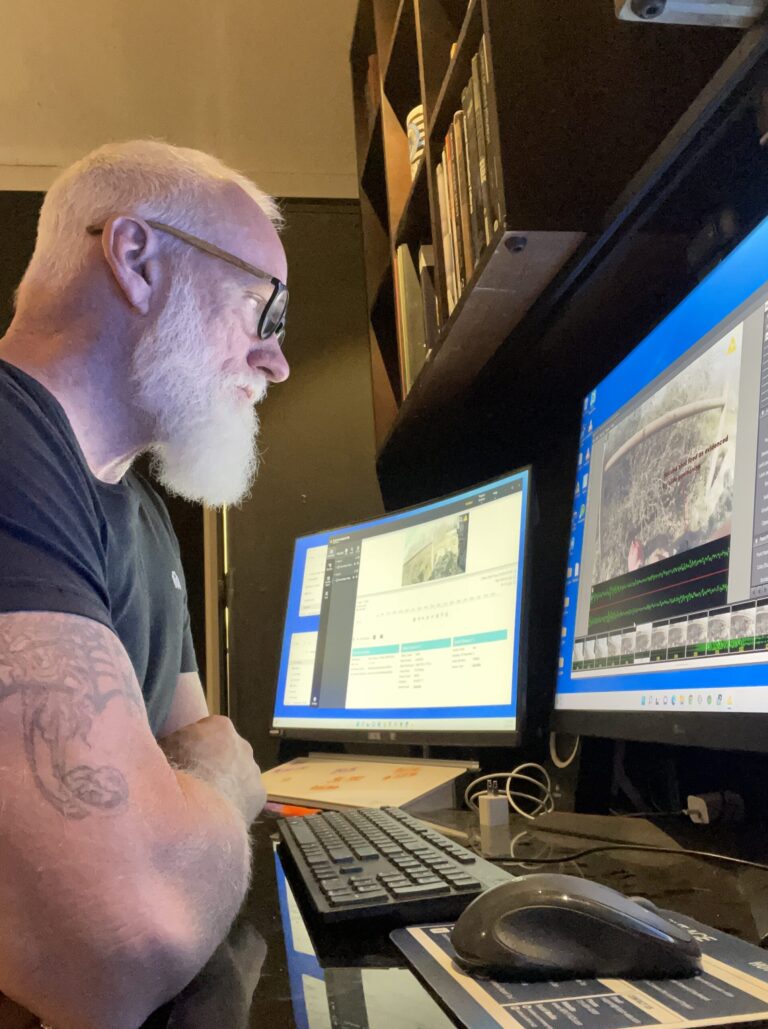
How do we best extrapolate training from the video evidence of a critical incident? Simply stated, when we review a video and we do not have all of the facts
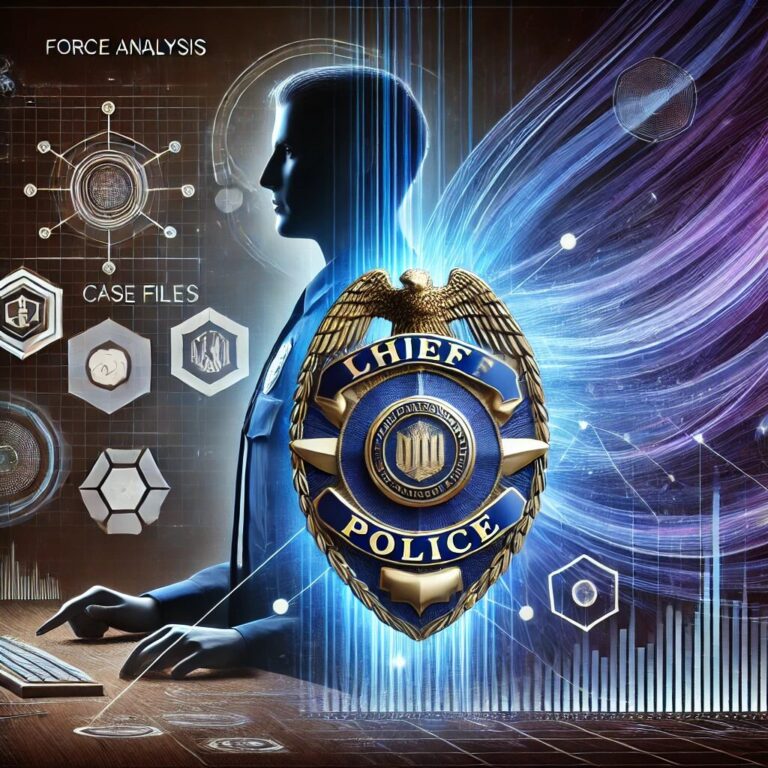
After reading Michael Abrashoff’s “Turning the worst ship in the Navy into the best” I was inspired to convert some of the concepts into applicable information for law enforcement. One
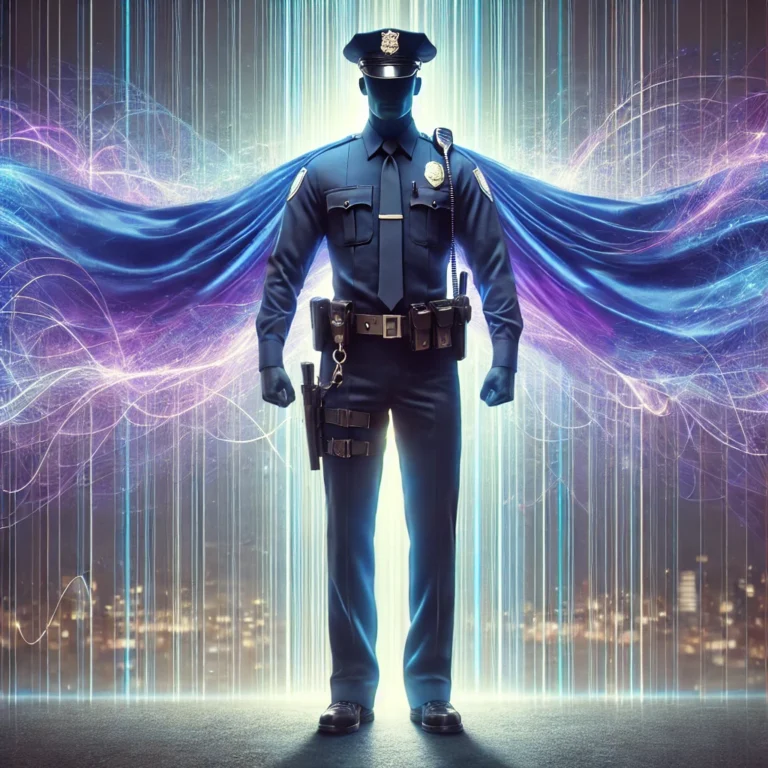
Cops are super-humans. They can override the inherent limitations of their minds and bodies because they’ve been trained to do so. They can move quicker, think faster and see, hear
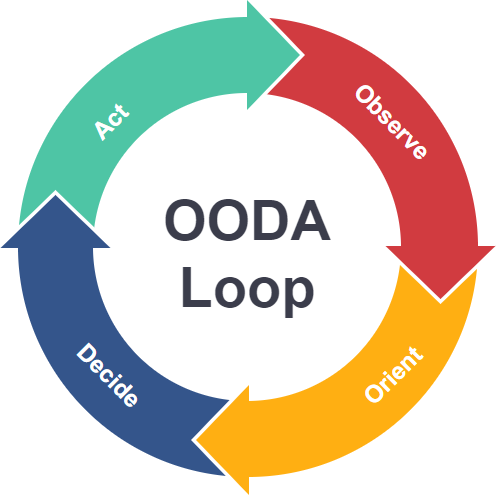
As an experienced investigator, a national investigations trainer and a court certified expert witness I have been directly involved in or analyzed and evaluated scores of use-of-force investigations. Not surprisingly,

Finding the Perfect Blend of Technicality and Specialized Knowledge For Your Agency ~ Shifting the focus from “what are you looking at?” to “what are you looking for?” ~ The

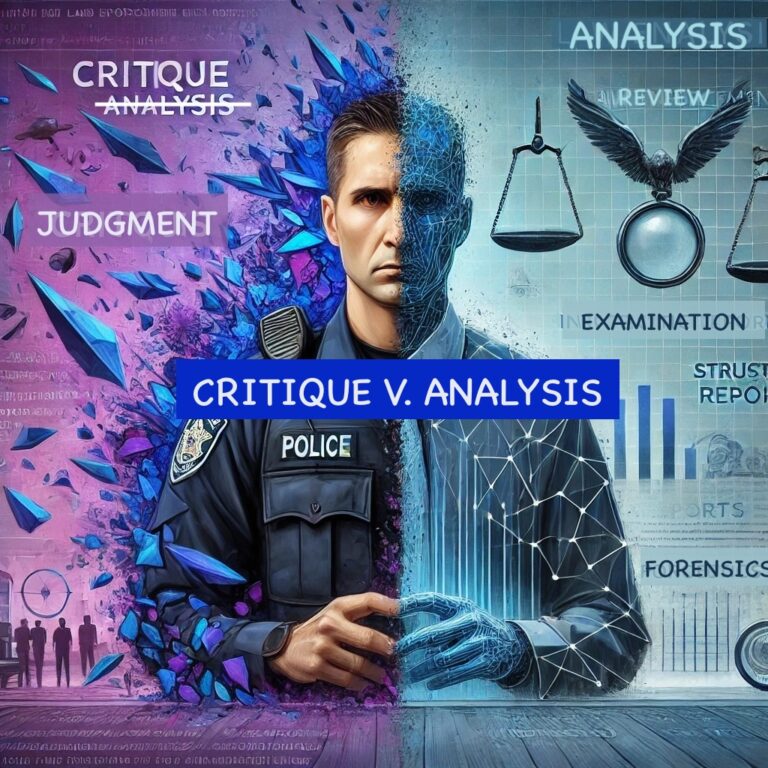
Explainer Presentation Training Materials Article Click here: Force Investigations Course Lessons from the Killingly Incident: A Critical Review on Tactics and Trade-Offs By Jamie Borden/Danny King, of Critical Incident Review
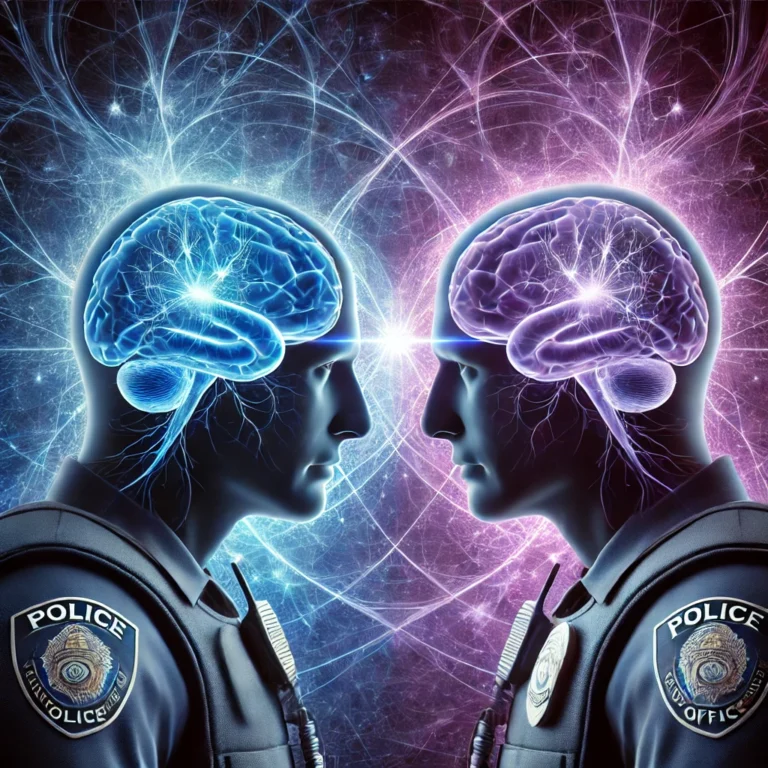
A look at “Shared Cognition” as a concept and theory in Law Enforcement In a critical incident involving law enforcement, shared cognition refers to the collective mental processes and communication

Part One of a Two Part Series – Understanding the nature of perceptual distortions and their potential impact on the appearance of an officer’s real-time judgment is crucial. (https://rumble.com/v1eajya-body-cam-officer-involved-deadly-shooting-nash-fiske.-nov-4.-wisconsin.html) This

Part Two of the Two Part Series: The Totality of Facts and Circumstances from the Officers Perspective; Investigation and Evaluation of Use-of-Force – considering attentional resources and the associated memory
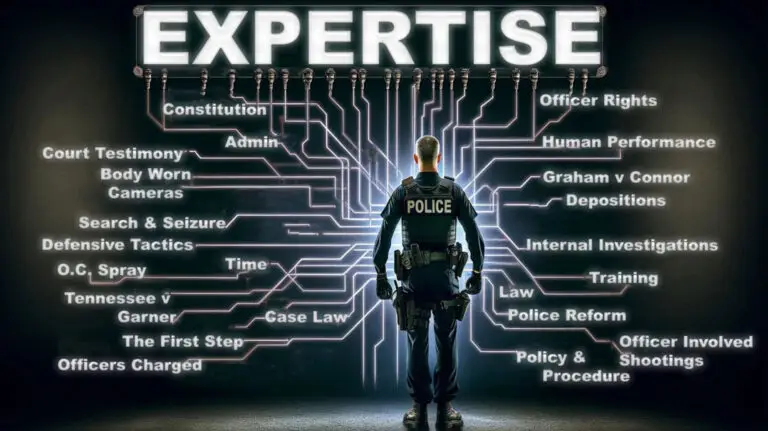
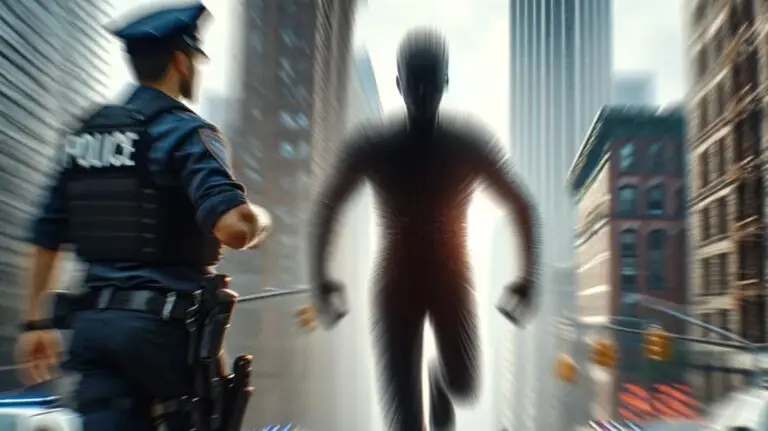
Looming Effects Related to Visual Principles and the Effects on Video Review and Examination: When combined with the distortive effects of a fish-eye lens, the visual principle of looming creates
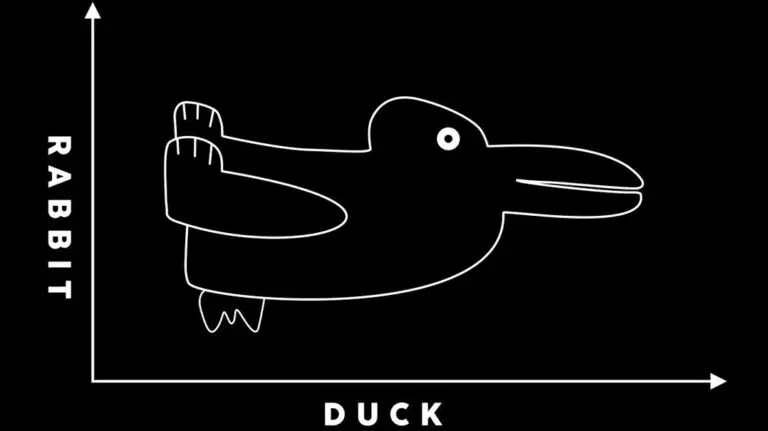
General Perception Issues; Analysis of Force Through Video Review and Examination The phenomenon where an officer involved in a critical incident may perceive a weapon where there is none, or
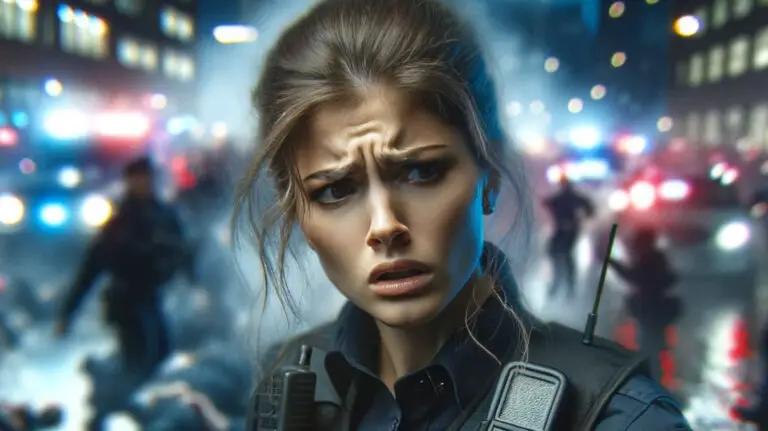
There’s a large misunderstanding about the “objective standard” in use of force. CIR’s Jamie Borden clears up some of the errors that occur in the application of the force standard.
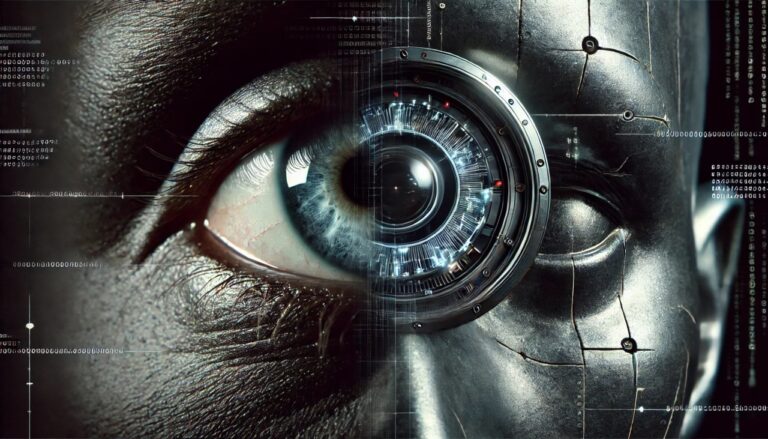
The difference is between the the human eye (the larger 50 mm photo) and the Axon 4 camera is striking. These pictures are taken from the exact same spot. Summary:

A look at the application of Action v. Reaction in police use of force and in the Investigative Protocol. Special thanks to Virtra and Force Science for the tools to
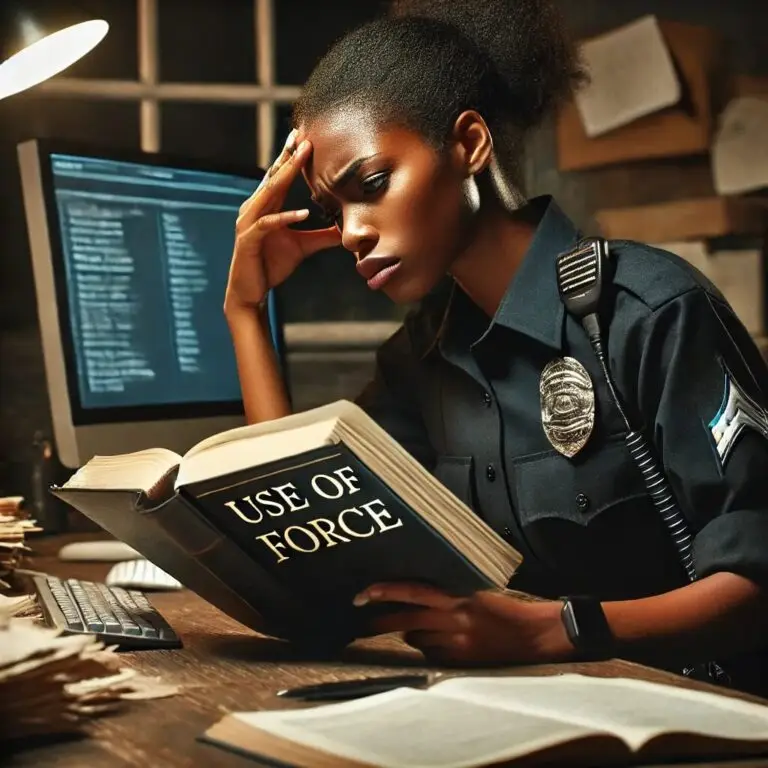
1. Clarity and Understanding: Defining terms in a use-of-force policy helps provide clarity and avoid ambiguity. Different stakeholders, including officers, supervisors, legal experts, and the public, may have varying interpretations
